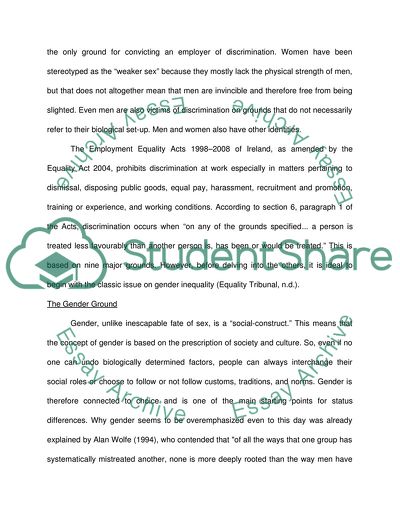Cite this document
(The Gender Ground Of Employment Equality Case Study, n.d.)
The Gender Ground Of Employment Equality Case Study. Retrieved from https://studentshare.org/sociology/1731960-the-concept-of-employment-equality
The Gender Ground Of Employment Equality Case Study. Retrieved from https://studentshare.org/sociology/1731960-the-concept-of-employment-equality
(The Gender Ground Of Employment Equality Case Study)
The Gender Ground Of Employment Equality Case Study. https://studentshare.org/sociology/1731960-the-concept-of-employment-equality.
The Gender Ground Of Employment Equality Case Study. https://studentshare.org/sociology/1731960-the-concept-of-employment-equality.
“The Gender Ground Of Employment Equality Case Study”, n.d. https://studentshare.org/sociology/1731960-the-concept-of-employment-equality.


